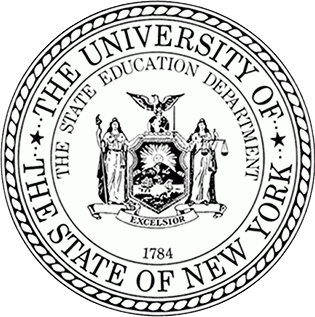FOR IMMEDIATE RELEASE

Community Schools Aid Guidance Document Now Available for School Districts
Guidance Focuses on $100 million set-aside within Foundation Aid for Community Schools programs in the 2016-17 Enacted State Budget
State Education Commissioner MaryEllen Elia today announced the release of guidance on a $100 million State Foundation Aid set-aside to fund Community Schools. The 2016-17 Enacted State Budget created a $100 million set-aside within Foundation Aid for Community Schools programs in 225 high-need school districts. Districts will use the new funding to provide students and their families with the support students need to ensure readiness to learn a rigorous curriculum; support connections between schools and community organizations that offer enrichment or social/health services; and encourage the use of school sites as community resources.
“We have to serve the whole child and schools cannot do it alone,” said Chancellor Betty Rosa. “As a former community school principal, I know students at these schools are healthier, have improved attendance, and fewer social and emotional problems that interfere with the classroom’s focus. That’s critical for student success and these funds will help to remove obstacles to students’ education.”
“Community Schools offer a revolutionary vision of the roles parents and the community can play in education, and of the role a school can play in its community,” said Commissioner MaryEllen Elia. “Community resources are integral to helping prepare students for learning. Family engagement and strong support services help our children succeed in school.”
Each of the 225 school districts will set aside from its total foundation aid funds to support a Community Schools strategy defined in statute as: “the transformation of school buildings into community hubs to deliver co-located or school-linked academic, health, mental health, nutrition, counseling, legal and/or other services to students and their families to support costs incurred to maximize students’ academic achievement.”
Community schools aid set-aside funds must be used to supplement and not supplant district expenditures for eligible programs and services in the 2015-2016 school year. Accordingly, Community Schools aid set-aside funds must be used for new expenditures on eligible programs and services as articulated in the budget language. Districts that currently administer Community Schools strategies must clearly demonstrate new expenditures on eligible programs and services and integrate existing programs with any new investments permitted by the budget appropriation language. This may include cost growth for current programs and staffing. For example, if the salary and fringe benefits of program staff go from $60,000 to $65,000, the $5,000 increase can be paid for with these funds.
The 2016-2017 Enacted Budget provided for Community School aid by region is below. A district-by-district breakdown is available here: http://www.p12.nysed.gov/sss/ .
|
Region |
Community Schools Aid |
|
Capital District |
$ 4,645,703 |
|
Central New York |
$ 11,749,248 |
|
Finger Lakes |
$ 9,387,466 |
|
Hudson Valley |
$ 10,034,294 |
|
Long Island |
$ 8,806,659 |
|
Mohawk Valley |
$ 3,055,293 |
|
New York City |
$ 28,491,241 |
|
North Country |
$ 3,627,923 |
|
Southern Tier |
$ 3,880,633 |
|
Western New York |
$ 16,319,633 |
Community Schools are public schools that emphasize family engagement, strong community partnerships and additional supports for students and families. Community Schools are designed to counter environmental factors that impede student achievement. Fundamentally, Community Schools coordinate and maximize public, non-profit and private resources to deliver critical services to students and their families, thereby increasing student achievement and generating other positive outcomes. All Community Schools share three foundation pillars:
- A rigorous academic program with strong supports to prepare all students for college, careers and citizenship that supplements quality curriculum with expanded learning opportunities that keep students engaged, coupled with high levels of accountability for results;
- A full range of school-based and school-linked programs and services that, based on a needs assessment of the community, address the comprehensive needs of students and their families and that work with families as essential partners in student success;
- Partnerships that demonstrate collaboration with the local community, including by engaging families and other community stakeholders and drawing on a broad set of resources, incorporating local and State government agencies, non-profit service providers, institutions of higher education, and the philanthropic and business communities in other to extend the impact and depth of services and programs.
Media Contact
Reporters and education writers may contact the Office of Communications by email or phone at:
Press@nysed.gov
(518) 474-1201





